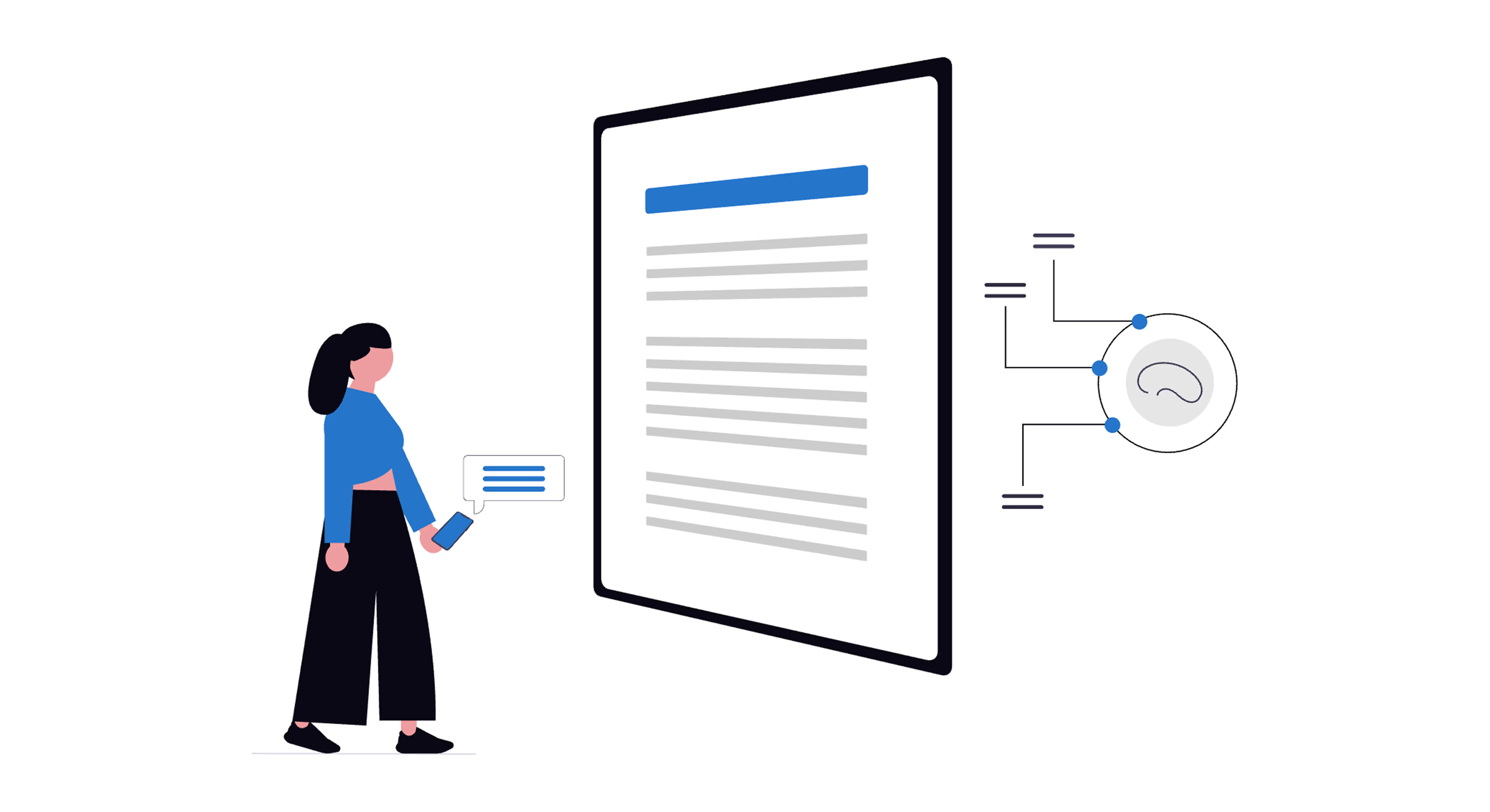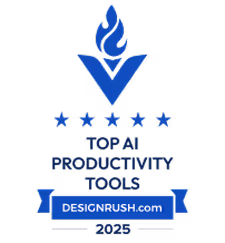Analytics Glossary
Augmented Analytics

Companies collect vast volumes of operational and behavioural data, yet many still struggle to extract timely insight from it. Conventional analytics tools tend to present visual dashboards instead of guiding real decisions. In fact, 64% of organizations cite data quality as their top challenge in maintaining trustworthy analytics.
Augmented analytics introduces intelligence into each stage of the analytics process. It automates data preparation, integrates information from multiple systems, uncovers hidden trends, and translates statistical outputs into plain-language narratives. This shift reduces reliance on technical analysts and speeds up business insight delivery. According to research, 31% of enterprise revenue is affected by poor data quality and inconsistent analytics outputs, underscoring the need for automation in data management.
Notably, 54% of organizations with mature analytics practices report measurable revenue growth from data-driven decisions. A retailer can automatically identify regional shifts in buying patterns, while a CPG firm can detect early demand surges or pricing inefficiencies. A supply chain manager can receive proactive alerts on bottlenecks or delivery risks before they escalate.
Lumi AI exemplifies this change by turning static reports into real-time reasoning, helping teams interpret patterns, anticipate outcomes, and act faster.
What is Augmented Analytics?

Augmented analytics refers to the use of artificial intelligence, machine learning and natural language processing to simplify how people explore and understand data. It automates the labour-intensive parts of analytics, like cleaning, organizing, explaining and uncovering relationships, so users can focus on interpreting meaning instead of managing data. With smart data discovery and AI-guided exploration, anyone in an organization can interact with data intuitively, asking questions in natural language and instantly uncovering patterns that once required technical expertise.
At its core, augmented analytics blends automation, transparent AI, and strong governance to ensure that insights are not only fast but also reliable and explainable. It introduces conversational search and AI-driven recommendations that surface what users need before they ask. From Lumi AI’s perspective, this goes further than automating insight creation, as it embeds analytical intelligence directly into day-to-day operations. Whether optimizing supply routes, refining demand forecasts, or tracking retail performance, Lumi transforms analytics into a built-in capability that drives real decisions where they matter most.
How Augmented Analytics Works
Automated data validation
Lumi’s Metametrics feature directly supports this step by surfacing column-level summaries such as record counts, distinct values, min/max ranges, and null percentages. These instant insights help analysts validate and configure datasets quickly, ensuring they spend less time fixing data and more time generating value.
AI-powered insights
This stage automatically uncovers correlations, anomalies, and emerging patterns within datasets, allowing users to spot opportunities or risks without manual exploration.
At this stage, Lumi’s core AI engine identifies correlations, anomalies, and emerging trends hidden across large datasets. While Metametrics sets the stage with structured and validated data, Lumi’s AI uncovers patterns that highlight opportunities, risks, or performance shifts that may otherwise go unnoticed.
Conversational querying (NLP)
Users can ask questions in plain language and receive instant, visual responses, making data exploration accessible to anyone without technical or SQL expertise. Lumi’s Chat 2.0 powers this capability, translating natural questions into structured analytical workflows while showing every step of the process from prompt interpretation to data retrieval. Users can switch between concise and detailed modes to explore logic, context, and results effortlessly
Explainable AI
This layer clarifies how and why specific insights or recommendations are generated, helping users understand the reasoning behind the results and trust the decisions derived from them. Transparency is central to Lumi’s analytics experience. Through Chat 2.0, users can trace each stage of the analysis, review the data sources used, and understand the logic behind every insight. When decisions carry higher stakes, Human Verification adds an extra layer of oversight, allowing analysts to review, refine, or approve AI-generated results before they are finalized.
Embedded intelligence
It integrates analytics into everyday workflows, delivering context-specific recommendations directly within tools and processes teams already use to make faster, data-informed decisions. Lumi extends analytics beyond dashboards by embedding insights directly into daily workflows. Procurement teams can receive supplier recommendations within their ERP systems, and retail planners can get restock or margin guidance within their operational tools. With Human Verification ensuring oversight and accountability, Lumi enables teams to act on insights confidently and in real time.
To see how this process comes together, consider a retail planner asking Lumi, “Which SKUs are driving margin growth this quarter?” Lumi instantly compiles and cleans the relevant data, highlights the best-performing categories, explains the reasons behind their performance, and recommends restock adjustments, all within seconds. This is similar to what Lumi achieved with Sauce Capital, a food tech company that cut report development time by 20× by automating SQL generation and analysis. Just as Lumi accelerated insight delivery for Sauce Capital’s data team, it empowers retail planners to move from querying to actionable, real-time decisions.
Differentiating Augmented Analytics and Prescriptive Analytics

Focus
Augmented analytics centers on simplifying how insights are discovered and understood. It automates data preparation, visualization, and interpretation so users can uncover what’s happening and why, without manual querying or technical effort.
Prescriptive analytics, on the other hand, goes a step further by using those insights to suggest or execute optimal actions. It applies advanced models to recommend next steps, automate responses, and guide strategic decisions based on predicted outcomes.
Methods
Augmented analytics relies on artificial intelligence, machine learning, and natural language processing to detect trends, highlight anomalies, and generate clear, contextual narratives from data. These capabilities make insight discovery intuitive and accessible across business teams.
Prescriptive analytics employs optimization algorithms, simulation modeling, and what-if analysis to evaluate multiple scenarios and identify the most effective course of action. Its methods focus on guiding decision-makers toward measurable outcomes based on modeled predictions.
Outcome
Augmented analytics delivers rapid, precise comprehension of what is occurring within the data and the reasons behind it. By accelerating exploration and explanation, it helps teams move from observation to understanding in less time.
Prescriptive analytics focuses on the next step by translating those insights into recommended actions. It guides organizations toward decisions that maximize efficiency, minimize risk, or capture emerging opportunities.
How they differ in practice
Augmented analytics: Lumi can be used to understand supplier lead times trends are rising, identify possible root causes, such as production bottlenecks or logistics delays.
Prescriptive analytics: Lumi can be asked to run a “what if” scenario simulation to recommend what would be the lead time if consolidating all purchases to the supplier with the best lead time.
Benefits of Augmented Analytics for Enterprises

Faster decision-making
AI-driven automation reduces the time spent on manual data wrangling and report generation, enabling faster responses to business challenges. Instead of waiting days or weeks for analytics teams to deliver reports, decision-makers can receive real-time, AI-curated insights within seconds. This agility helps organizations act on emerging trends, risks, and opportunities before competitors do.
Democratized data access
Augmented analytics breaks down traditional data silos by allowing business users to explore insights without relying on analysts or IT teams. Through intuitive dashboards, natural language queries, and automated data preparation, non-technical users can uncover trends and patterns on their own. This accessibility fosters a data-driven culture across departments, where decisions are backed by real-time evidence rather than assumptions.
Higher data team productivity
When data teams are freed from the constant cycle of ad hoc requests, they can focus on higher-value work like model optimization, automation, and strategy. Reducing repetitive query tasks cuts down on response time and prevents workflow bottlenecks that slow decision-making. This shift increases operational efficiency and ensures analytics talent is applied where it matters most. It also enhances collaboration between analysts and business users, as both groups can now spend less time on requests and more time interpreting insights.
Higher return on investment
Integrating analytics directly into daily workflows allows teams to act on insights immediately, eliminating delays between analysis and execution. When insights are embedded in the tools and processes employees already use, adoption rates increase and decision-making becomes more seamless. This alignment between data and action accelerates outcomes, reduces inefficiencies, and enhances overall business performance. By shortening the time from discovery to delivery, organizations can capture more value from every insight generated.
The Future: From Augmented to Agentic Analytics

The next evolution of analytics is moving beyond augmented systems that assist humans to agentic analytics where AI agents act intelligently on their own. Augmented analytics made data exploration faster and more intuitive, but the future lies in systems that can interpret context, anticipate needs, and initiate action autonomously.
Lumi AI extends this frontier by anchoring AI reasoning in domain-specific context to ensure every recommendation aligns with operational goals. For example, instead of just flagging a drop in sales, Lumi can trace it back to a distribution bottleneck and recommend optimizing shipment schedules or vendor performance. This domain-aware intelligence bridges the gap between insight and execution, transforming analytics from a diagnostic tool into an action engine.
The Lumi Difference
Augmented analytics marks a major turning point from static dashboards to dynamic, AI-driven decision-making. Lumi AI brings this capability into real business operations by combining AI automation, natural language interactivity, and deep domain intelligence to make data accessible to everyone. The result is an environment where every employee can think, explore, and act with data instantly, turning insight into impact.
Ready to see it in action? Book a demo today and experience how intelligent analytics can transform your business.
Related articles
The New Standard for Enterprise Analytics
Make Better, Faster Decisions.


.avif)
.avif)



